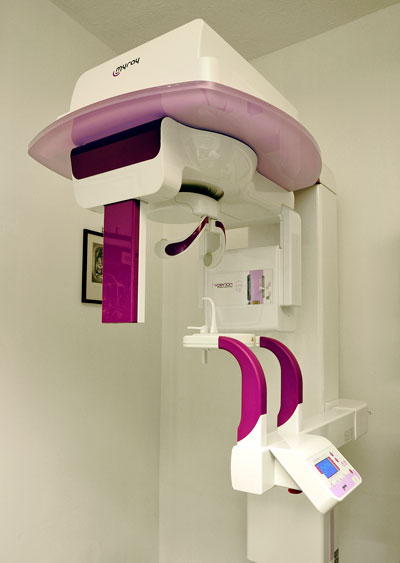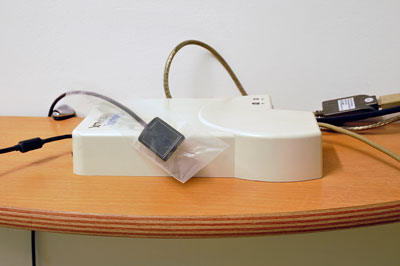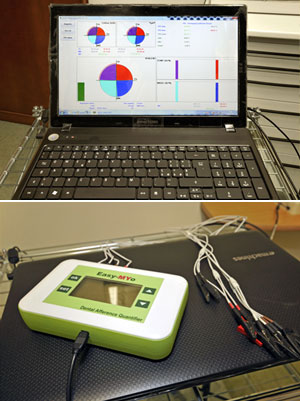Surgical equipment

3D DIGITAL ORTHOPANORAMIC X-RAY
This is the latest evolution in equipment to take X-rays of the whole mouth (dental panoramic radiograph).
It allows an X-ray of the mouth to be taken quickly, in a digital form, which is instantly visible on a computer monitor, exposing patients to only a low dose of radiation.
Thanks to a special program, once the X-ray has been acquired, it can be enhanced to identify the best course of treatment, especially if a prosthesis (e.g. a bridge or dentures) need to be designed.
With this panoramic X-ray it is also possible to acquire 3D images. These are particularly useful if dental implants need to be fitted, as it offers a three-dimensional view, which allows all the necessary measurements to be made.

INTRAORAL SENSOR
Positioning a sensor inside the mouth, it is possible to quickly take an X-ray of a single tooth which is instantly visible on a computer monitor, exposing the patient to a only a minimal dose of radiation.
Thanks to a special program, once the X-ray has been acquired, it can be enhanced to identify the best course of treatment.

INTRAORAL SOLDER
In cases where multiple implants are fitted next to each other, we can increase their stability by welding each one to a titanium bar, thus making them into single unit.
The solidity from the welding adds to the solidity of the immediate load implant itself. This way it is safer to chew, even on the day of the surgery itself. For these �special weldings� an intraoral solder is used, which was invented in Italy circa 20 years ago and is absolutely safe and pain free for patients.

ELECTROMYOGRAPH
With an electromyograph, it is possible to do an electromyographic examination of the muscles of mastication, evaluating their electrical activity, the same way an electrocardiogram does for the heart.
In correct mastication, the muscles all behave in the same way. Knowing how to record any differences between one muscle and another allows us to identify any masticatory dysfunction.
This exam is therefore very useful in cases where it is necessary to assess a correct mastication, like after having fitted new dentures, or to establish the presence of any jaw joint dysfunction when opening and closing the mouth, as well as for assessing the presence of masticatory dysfunction during sleep which leads to clenching or grinding teeth (bruxism).
This examination is painless, simple and rapid without any discomfort for the patient.



